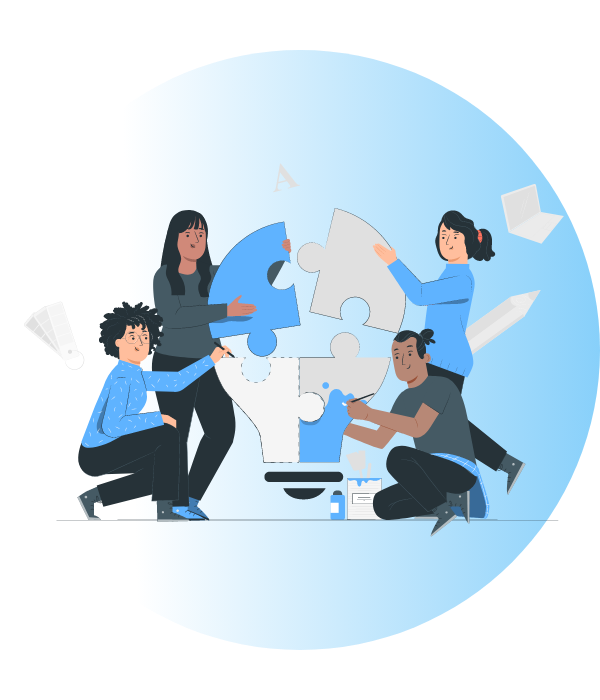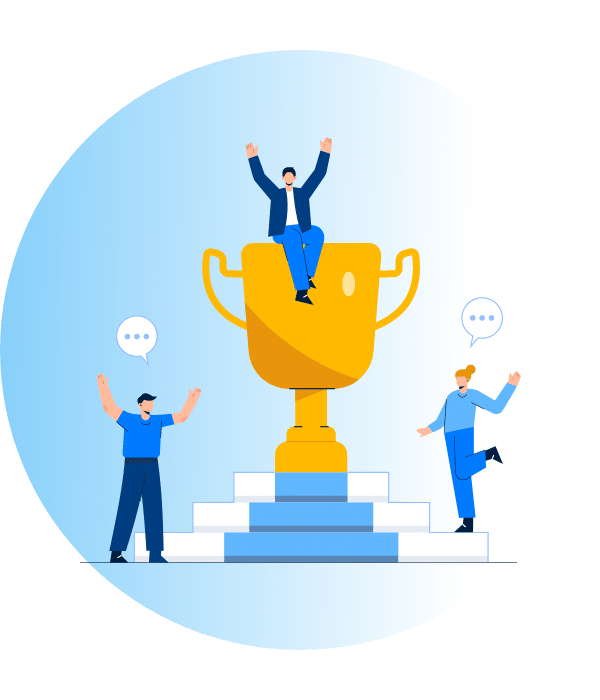Our Approach
We help companies align their strategies with other objectives and goals.
FULL-SERVICE SOLUTION DEVELOPMENT
TIC is a one-stop solution for all your technical needs
Integrated Solution Development
We can provide end-to-end support or curated services for every requirement and budget. We have specialized teams of professionals with extensive experience and industry certifications for every stage of the software application lifecycle. We carry out stratification, development, delivery of features and applications in close collaboration with clients.
As consultants, we strive to empower businesses with top-class quality solutions. Whether you need to improve process efficiency or increase business ROI, our goal is to enable you to adopt technology with confidence
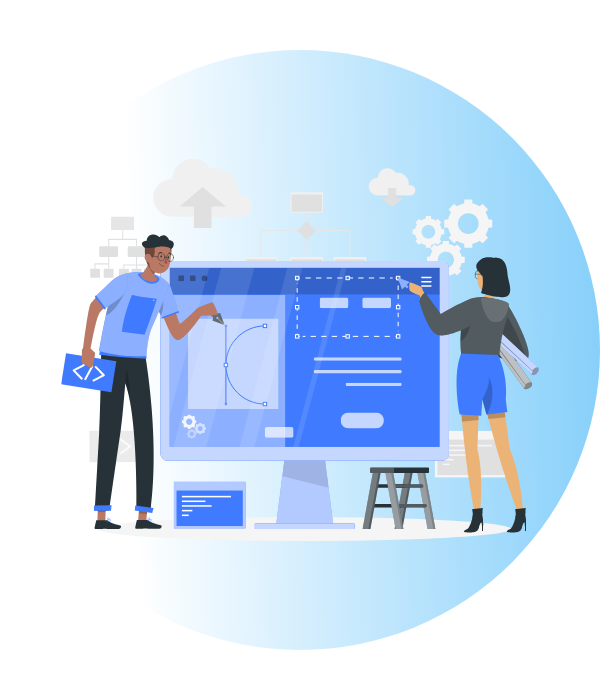
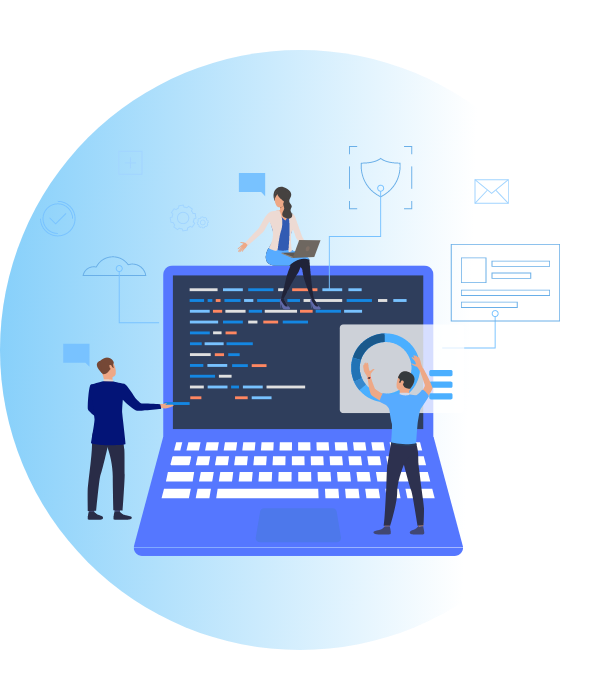
Incorporating Agile Principles
We develop our products incrementally by using lean and agile techniques, introducing new features and incorporating feedback into the process. Iterative development accompanied by an automated build, test, and deployment process is safe, quick, and low-risk.
High-Quality, Performance-Optimized Software
Our software architect designs an application that will endure any change in requirements and future extensions. With our easy-to-maintain and manageable design, we minimize risks for our clients. Apart from meeting functional specifications, our applications provide performance, scalability, and availability.
As part of our iterative software development process, we conduct scalable and reliable assessments and analysis-based optimization. When deployed into a production environment, continuous monitoring with tools helps prevent downtime and maintain the peak performance of the application.
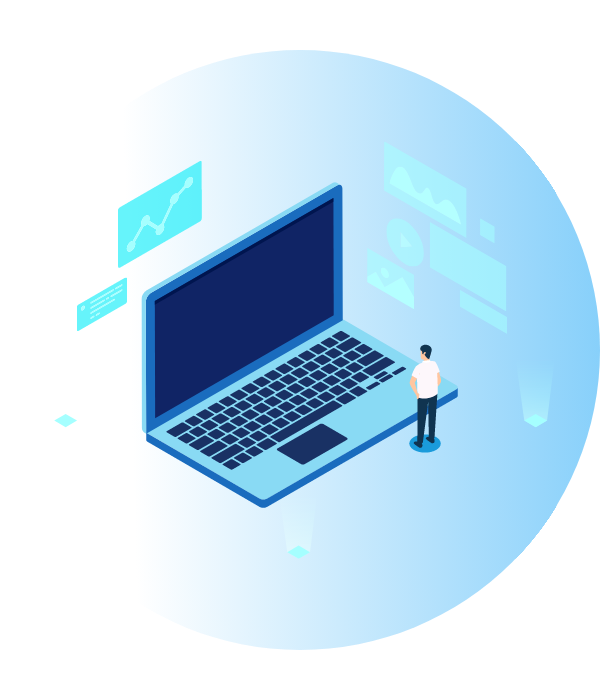
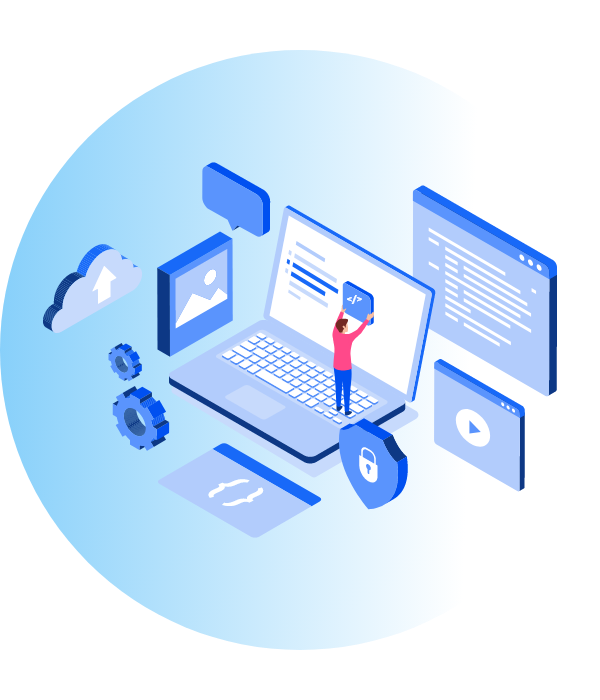
Integrity And Collaboration
We believe in maintaining a transparent and honest communication channel with our clients. We set up regular sync-up meetings as per client needs. Cloud-based tools facilitate effective communication within teams. We use both open-source and proprietary platforms to carry our coordination and management of projects. Since collaboration is deeply rooted in our practices, transitioning into the new normal prompted by the Covid-19 pandemic was seamless. Our teams worked efficiently even during the global lockdown because we had already implemented tools and SaaS platforms.
ARCHITECTURE AND CONSULTANCY
A business architect breaks down complex requirements into simpler components to be seamlessly built-in and integrated by the development team.
Having established a detailed road map for the entire development process, our architects take ownership of the delivery, ensuring risk mitigation and perfect execution.
An effective architecture facilitates
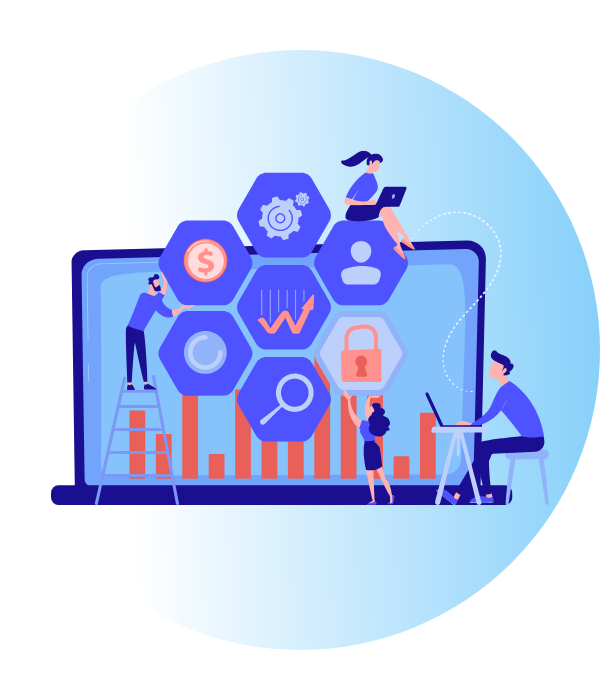
DESIGN
IMPROVE USER EXPERIENCES WITH ENGAGING UI/UX
The success of an application depends on the visual and functional experience it provides to the user.
A good application anticipated the user needs and provides more than what’s expected. A seamless experience can be achieved by adopting a user-centric approach. We tackle problems in a sensitive manner and offer innovative and efficient solutions. We follow a 4-D approach in UX designing.
Discover
We understand users better by actively studying their lifestyles, demographics, behaviors, and preferences. The discovery process entails identifying multiple user groups, drawing up questionnaires or surveys, creating personas, and analyzing tasks.
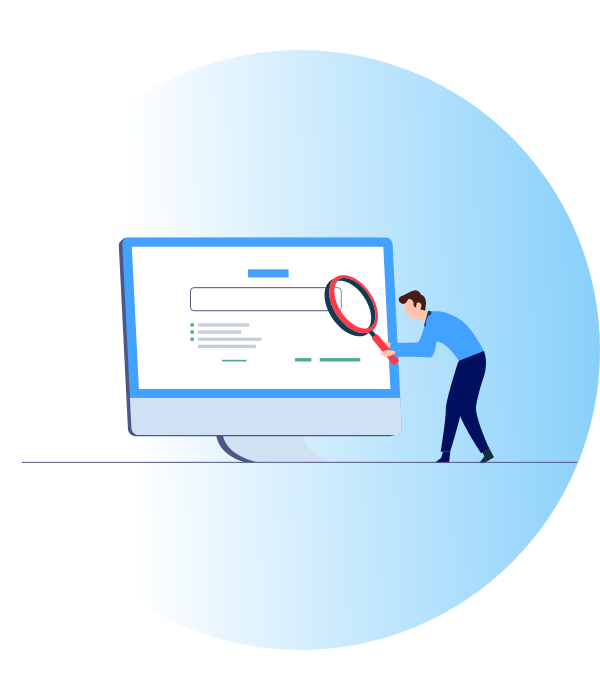
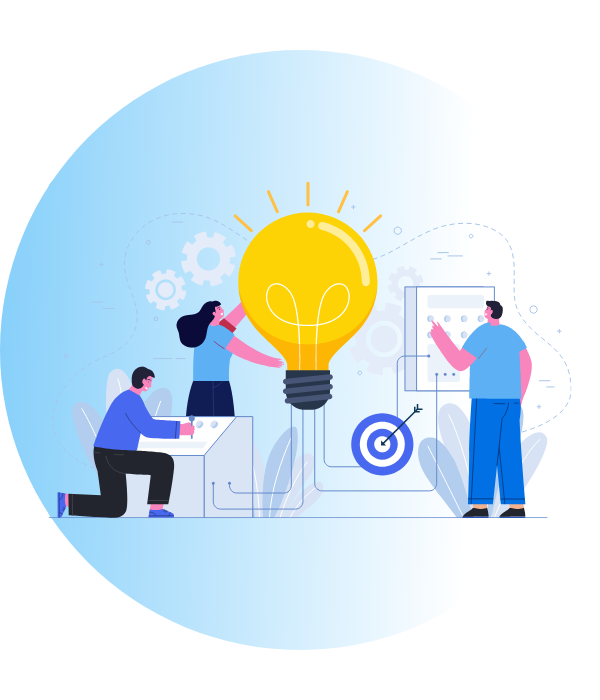
Define
The only way to find the right solution is to frame the right problem.
The Define mode is a critical step in the design process as it results in your point-of-view (POV): the explicit expression of the problem you're attempting to address. Then, based on your new understanding of people and the problem space, your POV will define the RIGHT challenge to address.
Develop
First impressions can never be undone. We convert the learning from user research into visually appealing designs during the design phase. Our UX engineers, designers, and content strategists work together to create wireframes, navigation designs, and finally a prototype based on a detailed storyboard.
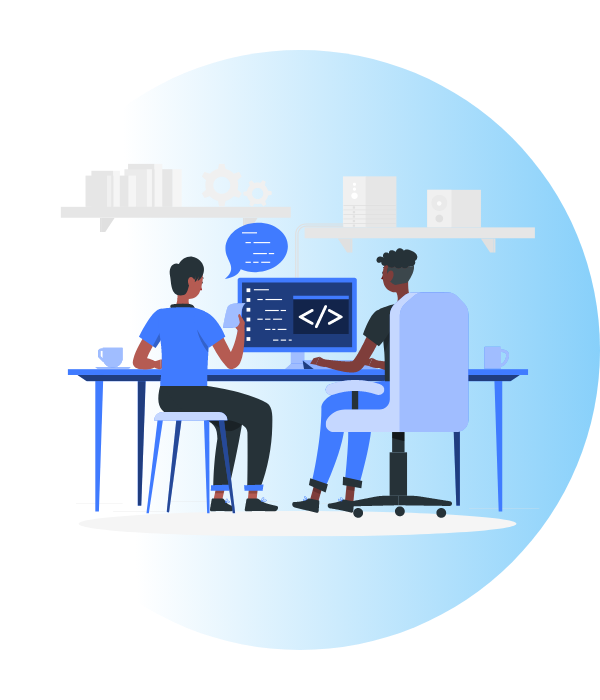
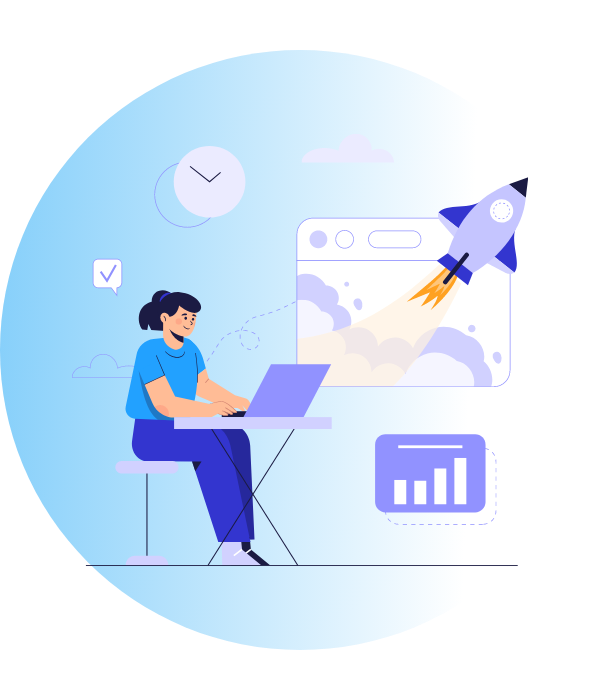
Deliver
This is the last phase necessary to make a design feasible. As part of this phase, the prototype undergoes a design review, usability analysis, and heuristic evaluation. To clear glitches, testing feedback and review feedback are incorporated. The goal is to create a product that meets users' needs.
DEVELOPMENT
Developing software is a creative process that often involves trial and error. At TIC, we minimize the chances of failure by implementing proven best practices, such as code reviews, unit testing, and continuous integration.
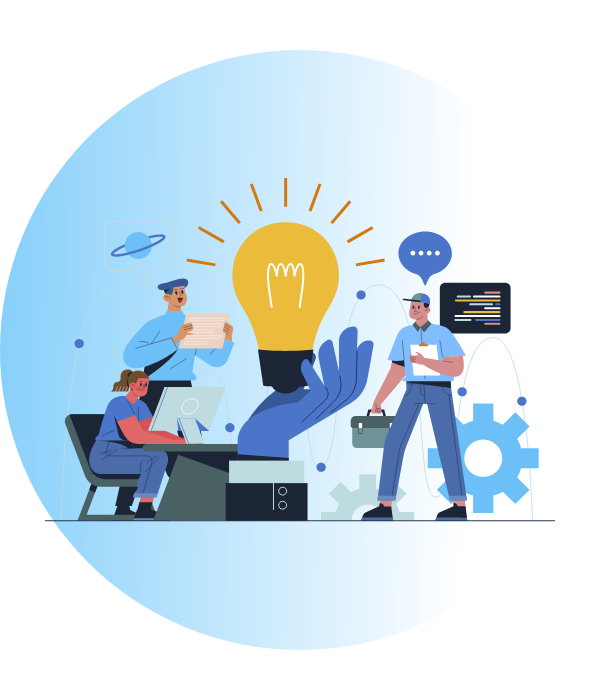
It’s all about Agile at TIC
We use methodology based on agile principles and techniques.
• We work closely with business and development teams
• Product development is incremental and iterative
• From research to manifestation, we work on all aspects of the software
• We release new features frequently
• Users can try out new features even as they’re being developed
The Agile Manifesto
We are constantly working to create better ways of developing software and helping others do it. We have come to value
• Individuals and interactions over processes and tools
• Working software over comprehensive documentation
• Customer collaboration over contract negotiation
• Responding to change over following a plan
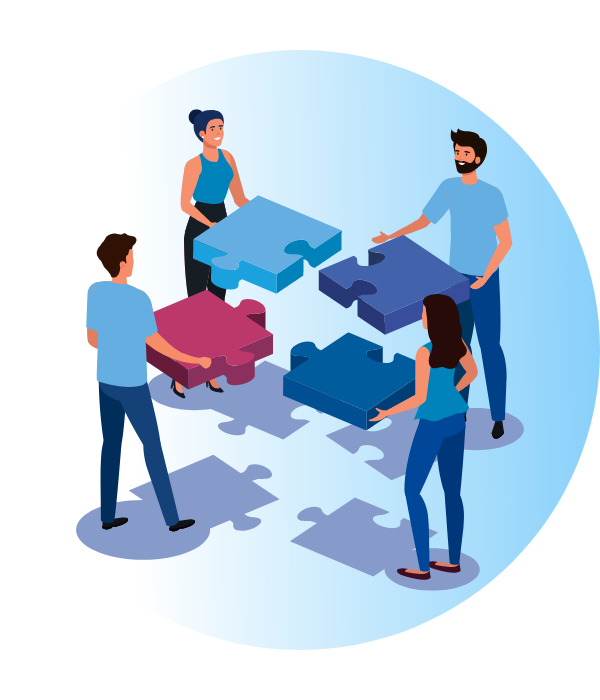
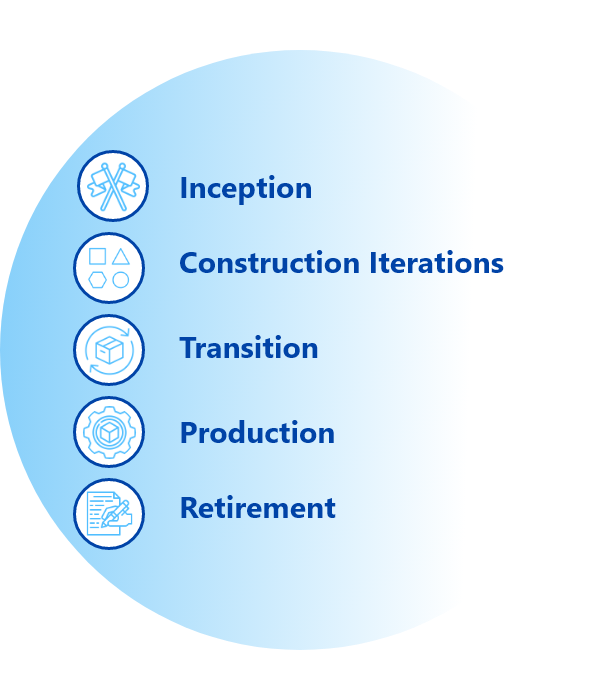
The Agile Process Flow
• Concept – The concept stage involves envisioning and prioritizing projects.
• Inception – We identify team members, put funding in place. We also discuss the initial environments and requirements.
• Iteration/Construction - The development team works on the software based on iteration requirements and feedback.
• Transition/Release – This involves QA (Quality Assurance) testing, internal and external training, documentation development, and finally, transitioning the iteration into production.
• Production – This stage entails ongoing support of the software
• Retirement – Means End-of-life activities, including customer notification and migration
Our default agile methodology is Scrum, but we often create custom processes based on project and client needs
Scrum relies on the Product Backlog, Sprint Backlog, and Increment to manage the requirements and track progress.
Product Backlog
It is a bullet list of what is needed to improve the product. The Scrum team takes up this single source of work.
Sprint Planning
Sprint Planning kicks-starts the Sprint by detailing the work to be carried out for the Sprint. The resulting plan is a collaborative work of the entire Scrum Team.
Sprint Backlog
It refers to the tasks to be completed by the team for delivering incremental and functional software to customers. As a result, they arrive at a consensus about the product items to be delivered and define a plan to achieve it.
Scrum Team
The Scrum Team is composed of the developers, a product owner and a Scrum Master. However, there are no hierarchies or sub-teams within a Scrum team. The professionals work as a single unit and focus on achieving the Product Goal.
Daily Scrum
Daily Scrum inspects the progress made toward the Sprint Goal. It makes the necessary adjustments to the work lined up and updates the Sprint Backlog as needed.
Increment
An Increment is one step taken toward the Product Goal. Each Increment, upon a thorough verification, is added to the previous Increments. Thus, all the Increments work in cohesion. The Increment must be fit to be used to provide value.
Sprint Review
A Sprint Review assesses the outcome of the Sprint and sets future goals. The Scrum team keeps the key stakeholders regularly updated with the results and discusses the future course of action to meet the Product goal.
Sprint Retrospective
Sprint Retrospective devises strategies to increase overall quality and effectiveness. The Scrum Team inspects how the last Sprint went concerning individuals, interactions, processes, tools, and their Definition of Done.
TESTING
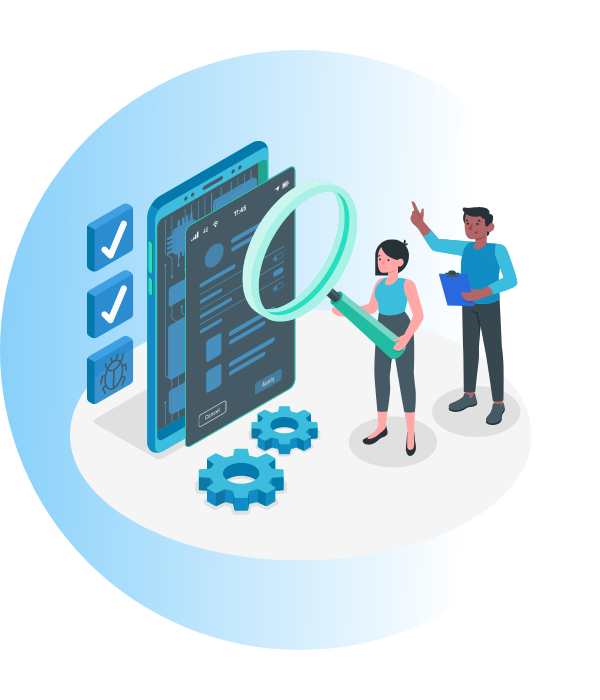
OUR QUALITY CONTROL PROCESS
While it is human to err, sometimes a mistake proves too costly, especially in technology. The testing team ensures that the software released is accurate and safe by carrying out quality checks. We can define software quality as the degree to which a software conforms to explicit or implicit requirements and expectations.
Testing is of prime importance as it helps identify and fix technical bugs in the software source code. It also assesses the usability, performance, and security of a product. Testing is narrowly focused and performed by engineers in parallel with the development process or during the dedicated testing stage (depending on the software development cycle).
The testing team at TIC believes in the seven principles and performs multilevel testing to ensure that our products are bug-free.
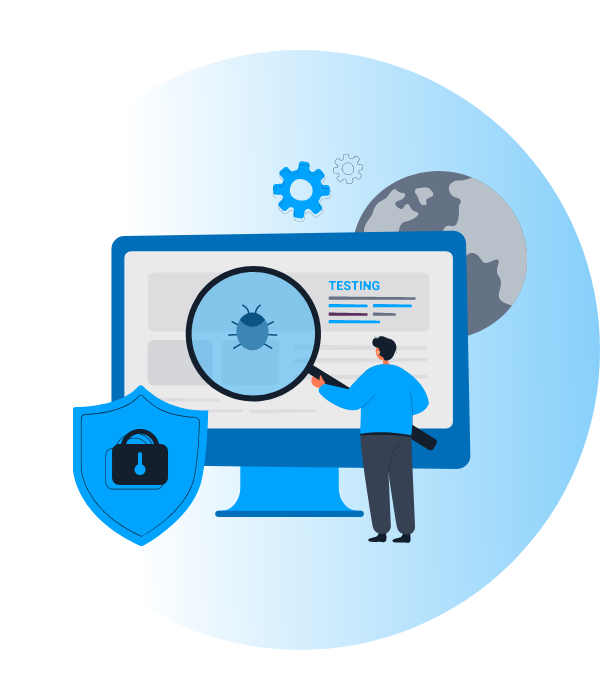
Although these principles are unquestionable guidelines for every software testing professional, there are other aspects to consider. In addition to the basic principles, some sources mention the following:
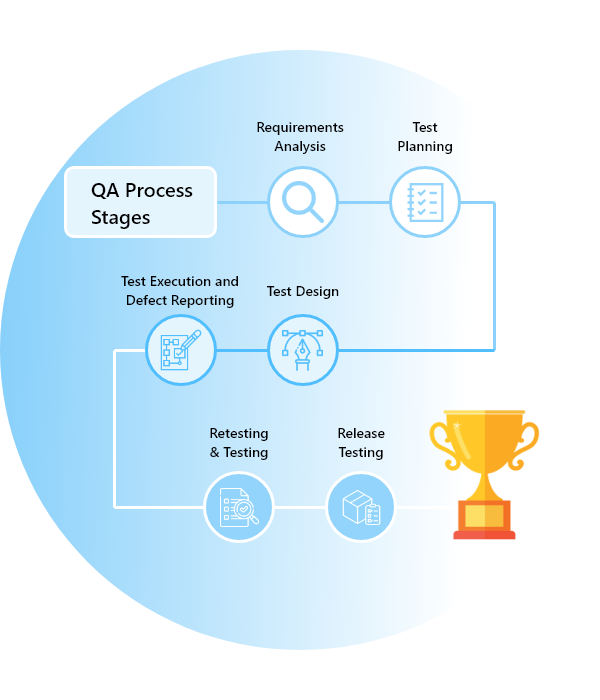
DELIVERY MODEL
We are Global
With offices in the UAE and India, we provide our clients with local and global support. Often, the requirements are analyzed and managed at the customer's site through direct contact. Development and testing can take place in any of the provided centres to access the best skill-set. We can also efficiently utilize time by working with remotely-located teams.
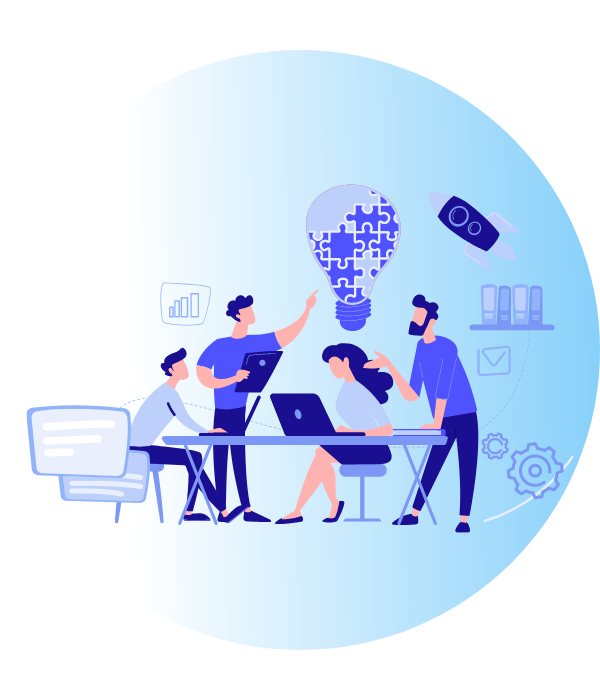

We are open in our communication
Clients can count on us to be open and honest. In case of an unforeseen delay, we ensure that our clients are informed. TIC values client collaboration over contract negotiation. Therefore, our clients trust us and tell us so.
We work as a Team
Our goal is to make the development process as collaborative as possible. Using tools such as Microsoft Teams, Skype for Business, Google Meet, clients and developers can participate in video conferences from multiple locations using high-speed Internet. TIC uses Office 365 for email, instant messaging, documents, spreadsheets, and real-time collaboration. We recommend Jira for tracking product roadmaps, features, and defects.
